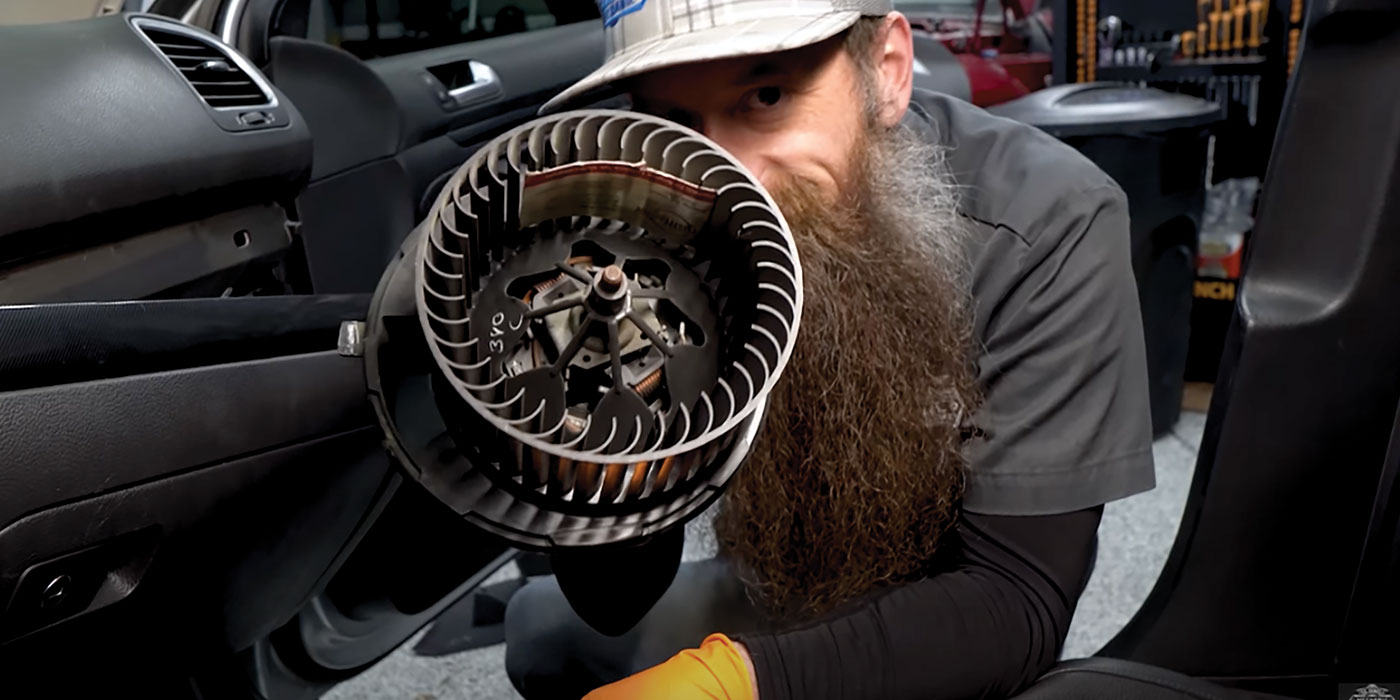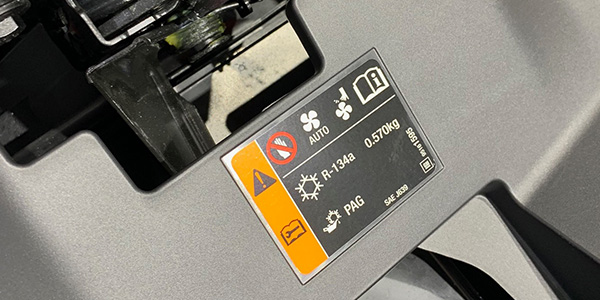Spark plugs have been around almost as long as the internal combustion engine. In 1902, spark plugs were first used with a high voltage magneto to provide reliable ignition. For the next 70 years, spark plugs were a high maintenance item thanks to tetraethyl lead, which was used as an octane-boosting additive in gasoline. Unfortunately, lead tended to foul spark plugs after 12,000 to 15,000 miles of driving. Consequently, tune-ups and spark plug changes were an annual ritual for most motorists.
Then came the Clean Air Act of 1970, followed by new emissions regulations and the introduction of catalytic converters in 1975. Leaded gasoline was gradually phased out because of its damaging effects on converters as well as the environment. As a result, spark plug life more than doubled.
In the mid-1980s, spark plug manufacturers started making plugs with copper core center electrodes. Copper is an excellent conductor of heat and allows plugs to run hotter without causing preignition. This improves fouling resistance, ignition reliability and plug life. It also reduces the number of plugs needed to cover a range of engine applications because each plug has a broader “heat range.”
The biggest improvement in spark plug technology, though, came in 1985 when the first generation “long life” plugs with platinum or gold-palladium electrodes hit the market. Up to this point, electrode wear usually dictated when a set of plugs had to be replaced. With standard nickel alloy electrodes, the spark gap between the center and ground electrodes grows about .0002″ to .0006″ for every 1,000 miles of driving. After 35,000 miles of driving, the gap can grow as much as 0.015″ or more.
Every time a spark plug fires, the hot spark blasts a few molecules of metal off the electrodes. As the miles add up, the electrode gap widens and the center electrode becomes rounded and dull. This increases the firing voltage needed to jump the gap. Eventually the point is reached where the ignition system can’t generate enough juice to jump the gap, causing the plug to misfire.
With platinum, gold-palladium and other exotic metals (more on this in a minute), electrode wear is greatly reduced. Most platinum plugs can go up to 100,000 miles before they have to be replaced. The same is true for plugs that use other exotic metals such as iridium for their center electrode. Plugs with platinum on both electrodes (“double” platinum plugs) experience even less wear than plugs with only a single platinum or platinum-tipped electrode.
Long-life spark plugs drastically reduce the need for maintenance while helping the engine maintain like-new performance and emissions. Not having to change the plugs so often is a real savings for the vehicle owner, but it’s no guarantee the plugs will go the distance.
Platinum & Iridium
Long-life spark plugs by ACDelco, Autolite, Bosch, Champion, NGK and Split-Fire all have platinum or platinum-tipped electrodes. With a couple of exceptions, most of these plugs use a conventional electrode configuration with a small platinum plug welded to the tip of one or both electrodes. ACDelco also offers a platinum version of its “Rapidfire” plug that features a fluted center electrode for improved ignition reliability. Likewise, Split-Fire offers a platinum version of its split electrode plugs for motorists who want extended life as well as reduced misfiring.
Bosch, who introduced the first platinum plug back in 1985, offers several different electrode configurations in their product line. Their standard platinum plug has a thin pure platinum center electrode with a single yttrium-alloy end electrode. Their Platinum+2 and Platinum+4 plugs, on the other hand, have a unique “surface gap” side electrode design with two side electrodes on the Platinum+2 plug and four on the Platinum+4 – a sort of good, better, best approach to platinum plug technology. Increasing the number of side electrodes gives the spark more paths to ground and reduces the risk of misfire, while extending plug life by spreading wear over more electrode surfaces.
One important point to keep in mind with respect to Bosch Platinum+4 and Platinum+2 plugs is that these plugs are pre-gapped at the factory to a uniform 1.6 mm setting and should not be re-gapped to the specifications for a standard spark plug. It’s very difficult to get even spacing with multiple electrodes so install them as is.
NGK “Iridium IX” and Denso brand “Iridium Power” plugs use a different exotic metal for their center electrode: you guessed it, iridium. Alloyed with rhodium, the iridium electrode is six times harder and eight times stronger than platinum. Pure iridium also has a melting temperature that is almost 1,200







